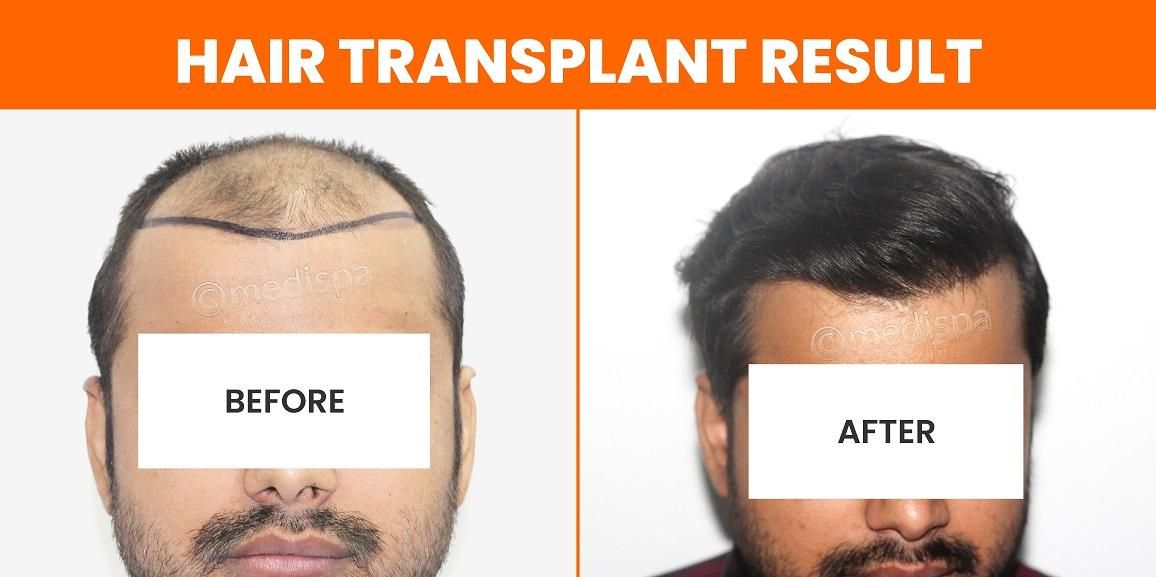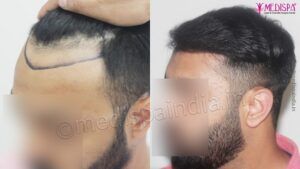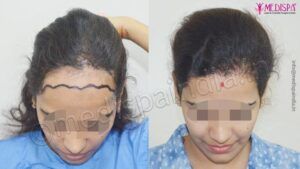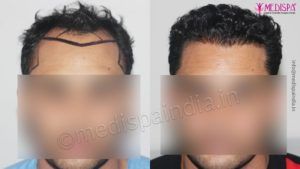
Individuals seeking to enhance their aesthetic features often opt for cosmetic procedures. These interventions aim for natural-looking outcomes that are both highly effective and devoid of potential complications. Complications in cosmetic surgeries may arise from inaccuracies in diagnosis, treatment planning, or execution. For example, hair transplant procedures involve the extraction of hair follicles from a donor site and their subsequent implantation in areas experiencing hair loss. Although this procedure is frequently marketed as safe and uncomplicated, it is crucial to recognize the inherent risks.
While hair transplant procedures are generally safe, they necessitate a significant degree of expertise and precision. Comprehensive planning and meticulous treatment are essential prior to the procedure. At Medispa hair transplant clinic, we emphasize detailed holistic planning, expert implementation, and exceptional results, all while adhering to international service standards. We are acknowledged as pioneers and leaders in this domain, celebrated for our outstanding outcomes. Dr. Suneet Soni stands out as one of the leading hair transplant surgeons in the nation, distinguished for his remarkable proficiency in the field. With a track record of over 10,000 hair transplant surgeries, he possesses extensive experience. His unique artistic vision distinguishes him in the realm of hair transplantation, ensuring results that appear entirely natural in hairline design.
Hair transplantation: is it a successful procedure?
The hair transplant procedure once faced unpredictable results due to rudimentary techniques and a lack of comprehensive research. However, in the present day, its high success rate has led to a surge in popularity among those dealing with hair loss, as they pursue a lasting remedy for their condition.
In recent years, the hair transplant procedure has achieved remarkable success and is now in high demand for its outstanding outcomes. Nevertheless, the industry has become oversaturated due to this popularity, resulting in a decline in trustworthiness as some clinics prioritize profit over quality by reducing costs. Consequently, the hair transplant cost in India has notably decreased, driven by the proliferation of clinics offering these services.
Hair transplant in India has witnessed significant advancements across various esteemed clinics, with Jaipur emerging as a leading destination for exceptional treatments. Numerous Indian clinics that specialize in hair transplants are highly regarded by individuals facing hair loss throughout the country, thanks to their superior services and commitment to international standards.
How to ensure that hair transplant you underwent is a success?
An experienced surgeon’s careful preparation of the procedure lays the groundwork for its successful outcome.
Let us examine the essential components of surgical planning.
Evaluate your hair loss:
Experiencing hair loss on a regular basis is a natural occurrence; however, how can one discern whether the hair loss is within the normal range or indicative of a more serious issue? Each hair follicle undergoes a growth cycle before shedding its hair shaft upon reaching maturity. This process is deemed normal when it is balanced by the emergence of new hair shafts. It is widely recognized that losing between 50 to 100 hair shafts daily is typical. However, if you observe substantial amounts of hair on your pillows, in the shower, or during combing, it is advisable to consult a specialist.
Androgenic alopecia, commonly referred to as male and female pattern baldness, describes genetically induced hair loss that often becomes permanent. Additionally, temporary hair loss may occur due to environmental influences such as pollution, inadequate nutrition, excessive stress, and traction from frequent hairstyling.
In men, hair loss typically presents as a receding hairline or affects the frontal and vertex areas of the scalp. In contrast, women primarily experience central thinning of hair as the predominant characteristic of hair loss.
Diagnosing the Cause:
During the initial consultation, the physician will meticulously review the relevant medical history, ensuring that no significant details are overlooked. To identify any potential underlying inflammation, various tests, including scalp biopsies, are often recommended. A comprehensive family medical history is also taken into account to eliminate genetic influences. A thorough examination of the entire scalp is conducted under a microscope to identify any localized issues. Additionally, specific blood tests are advisable to mitigate the risk of systemic diseases. After evaluating all these critical factors, the cause of hair loss is determined.
The Key to Successful Outcomes
Achieving favorable results in hair transplantation relies not only on appropriate training but also on the surgeon’s extensive experience, both in terms of years in practice and the number of procedures performed. The hair transplant process requires a combination of artistic vision and technical skill from a proficient surgeon.
To find the most qualified hair transplant surgeon, it is essential to conduct comprehensive research to avoid potential complications in the future. Numerous options are available, many of which advertise hair transplants at remarkably low prices. However, it is crucial to remain vigilant against unethical clinics and ensure that they are properly accredited.
Compile a list of reputable hair transplant surgeons and assess it based on their qualifications, the clinic’s expertise and portfolio, as well as patient reviews and testimonials. The hair transplant procedure involves meticulous steps, including the extraction, selection, and transplantation of hair follicles. It is imperative to make an informed choice when selecting the best hair transplant surgeon to achieve successful, enduring results that appear natural.
Selection of right technique for hair transplant
Selecting the appropriate hair transplant procedure involves a comprehensive evaluation of the scalp during the initial consultation. This assessment determines the number of follicular grafts to be harvested, taking into account the density of hair follicles in the donor area as well as the extent of baldness.
The decision regarding the hair transplant technique is influenced by the required number of follicular grafts and several other considerations. These include options such as FUT, FUE, or a combination of both techniques. The FUT method is typically favored when the need is for 3000 to 3500 follicular transplants. Conversely, if the patient requires between 2000 and 2500 grafts, the FUE technique may be more suitable. In cases of extensive baldness, where neither method alone can adequately provide the necessary number of grafts, a combination approach is often the most effective solution.
In instances where the donor area on the scalp (specifically the back and sides of the head) lacks sufficient density, hair from other body regions may be utilized. While this may lead to results that are not ideal, the outcomes can still be satisfactory, as the characteristics of hair follicles from the scalp differ from those found in body hair.






